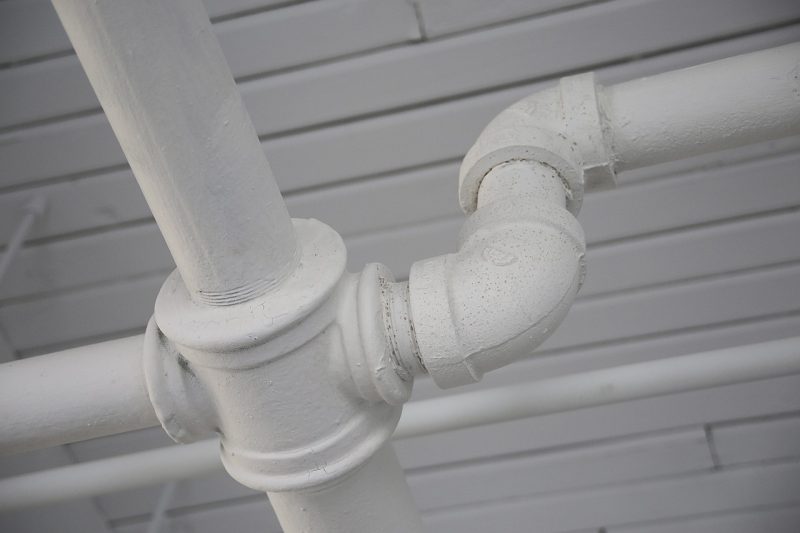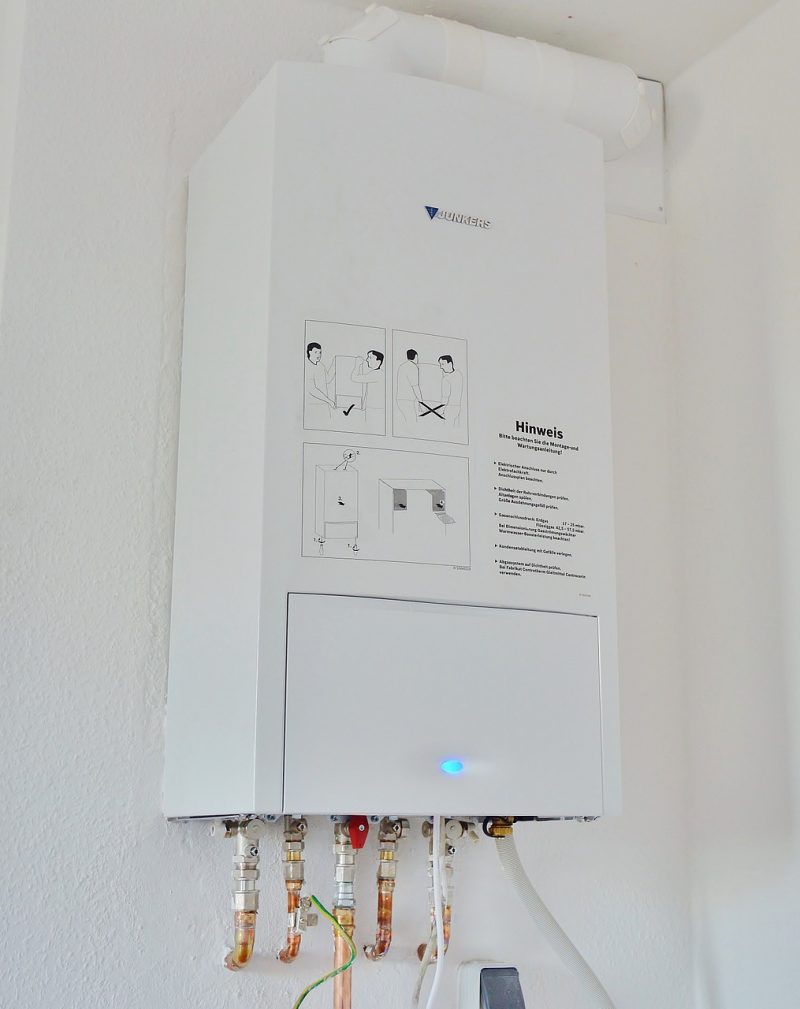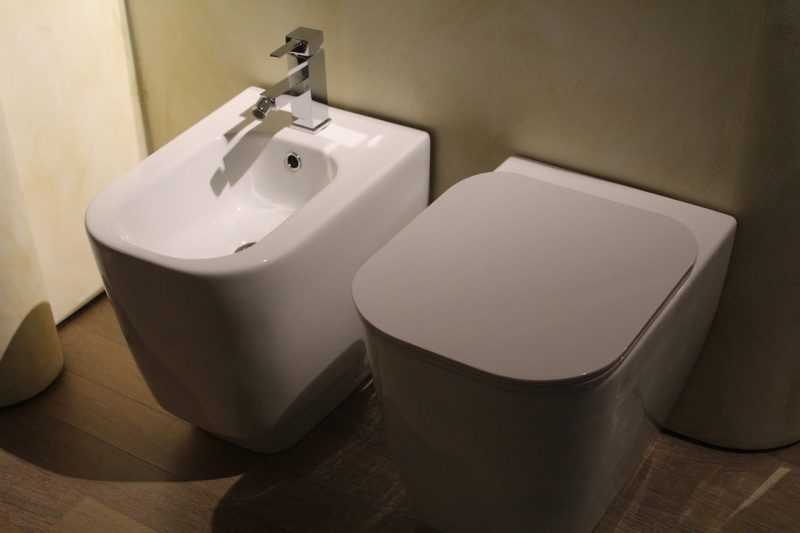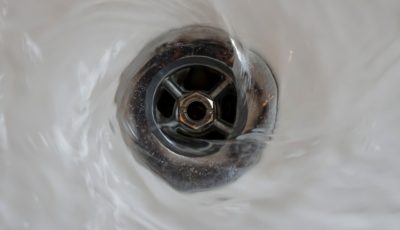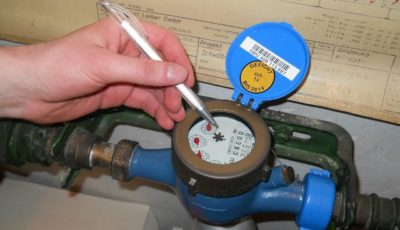How to Properly Inspect Plumbing before Buying a Home
Every prudent buyer takes time to inspect a few things on the premises prior to making a deposit for the house or apartment. The cosmetic aspect is something most of us will notice and check. On the other hand, if you’re keen on getting acquainted with the true state of affairs, you have to look behind the pretty makeup of the desired property.
First and foremost, you have to check the status of heating and electric system, the insulation and wires. The next most urgent thing to inspect would be the pipework. Plumbing is one of the most difficult aspects for repair, and that’s why it shouldn’t be easily dismissed. We have gathered some expert advice to show you how to perform a thorough pipework inspection before deciding on a purchase.
Ultimate to-do checklist
- check water meter
- test the valves
- inspect water-heating devices
- examine all fixtures
- take care of the septic tank
- consult pros
Consult the professionals for an opinion
If you’re not too savvy about the plumbing elements and you have some uncertainties about the issue you have encountered, don’t hesitate to get professional advice. Unfortunately, it’s not at all uncommon for the new house-owners to overlook some serious issues because of their inexperience, reveals experienced Inner West plumber.
This in return burdens their budget even more than an expert’s fee would. Turning to a professional will also provide you with an estimate of needed repair-work. You can use this conveniently to negotiate a sweeter deal or let the seller cover the related expenses.
The valves and a water mater
Commence your plumbing inspection with the check-up of a water meter. Turn off all the faucets and go see if the water meter is still in action. If the answer is yes, there is a leakage somewhere on the premises and not handling this could lead to serious repercussions. Look for the puddles and pools around the place for potential leak sources.
When valves are concerned, you should first check the operation of main shut-off valve. When not in function, no sink in the house should have running water. If all is in good order, you can proceed to other areas in the house.
The water heating devices
Examine all the resident water heaters for occurrence of rust. Despite the fact that a majority of basic problems related to water heaters can be easily fixed, corrosion is the one that requires prompt action. Not tending to this issue can make an even greater damage to the unit. Also, even though this is not a malfunction related tip, make sure that the installed water heater can satisfy the needs of your family. For instance, a family of three would need a 150 l tank for minimal needs.
Bathroom and kitchen fixtures
The sink and faucets around the house should be examined in detail. Don’t settle for anything less than a perfect functionality, so leaks or drips are out of question. Testing the water flow is also advised. Turn the faucets to maximum flow and see how they perform. The draining has to be impeccable. Similar principle applies to the toilets. The tank also has to get filled quickly and in entirety.
The septic tanks
Some houses may not be attached to the municipal sewer and may still use their own septic tanks. In this case, you have to verify they are completely functional. Good tell-tale signs that there is a seepage somewhere are the presence of standing water and foul smells, which poses as a health risk. The seller should take care of it.
Performing a plumbing inspection is a comprehensive task that requires our time, patience and expertise, and considering house purchasing a stressful on its own, it’s best to hire an expert plumber. In the meantime, use our handy advice and make a preliminary inspection to guide their investigation.


